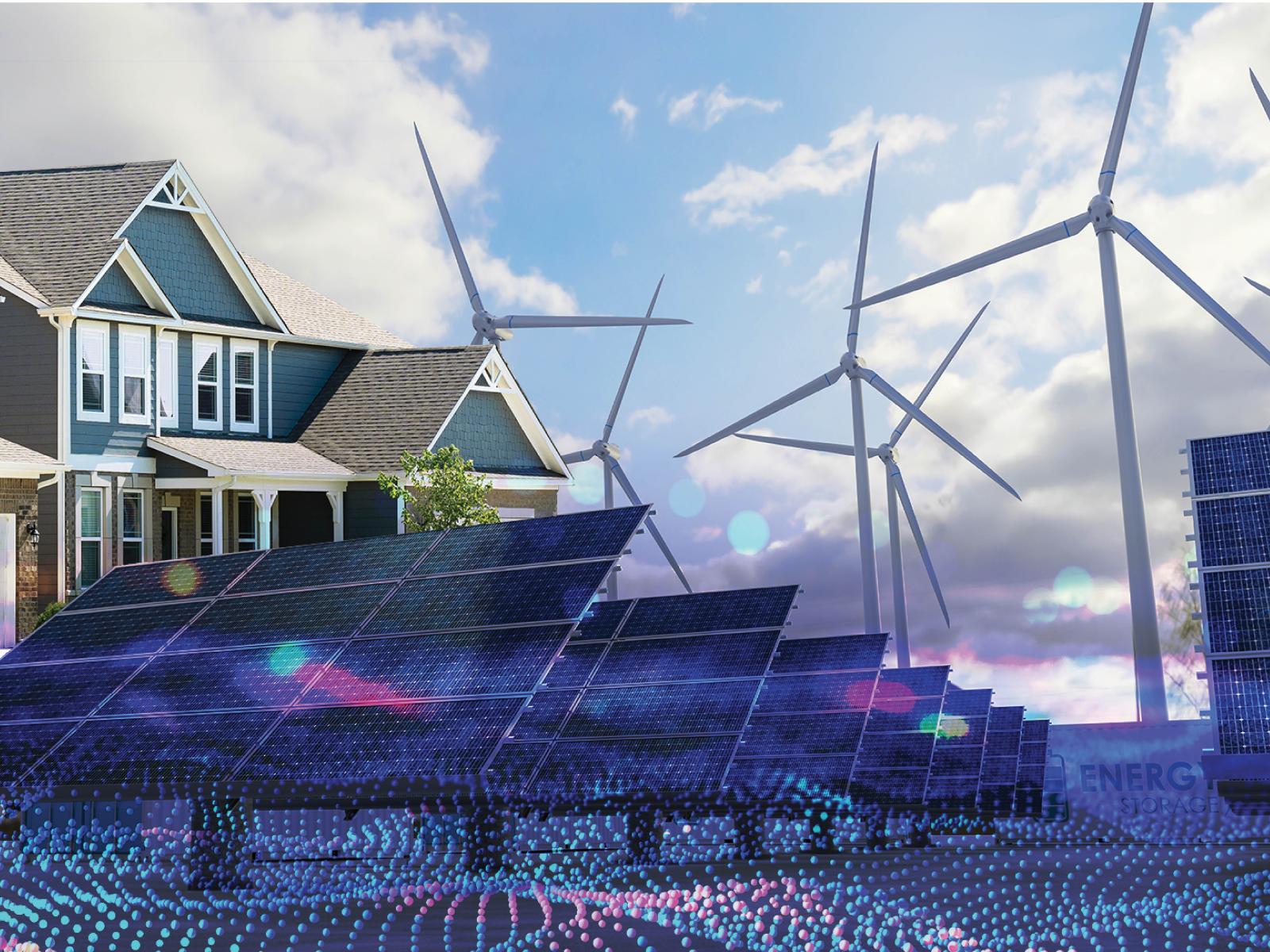
The E-COMP Initiative
The E-COMP Initiative
The Energy System Co-Design with Multiple Objectives and Power Electronics (E-COMP) Initiative at Pacific Northwest National Laboratory is creating new capabilities that enable the optimized design and operation of energy systems subject to multiple objectives and with high levels of power electronic (PEL) driven devices.

Illustration by Cortland Johnson